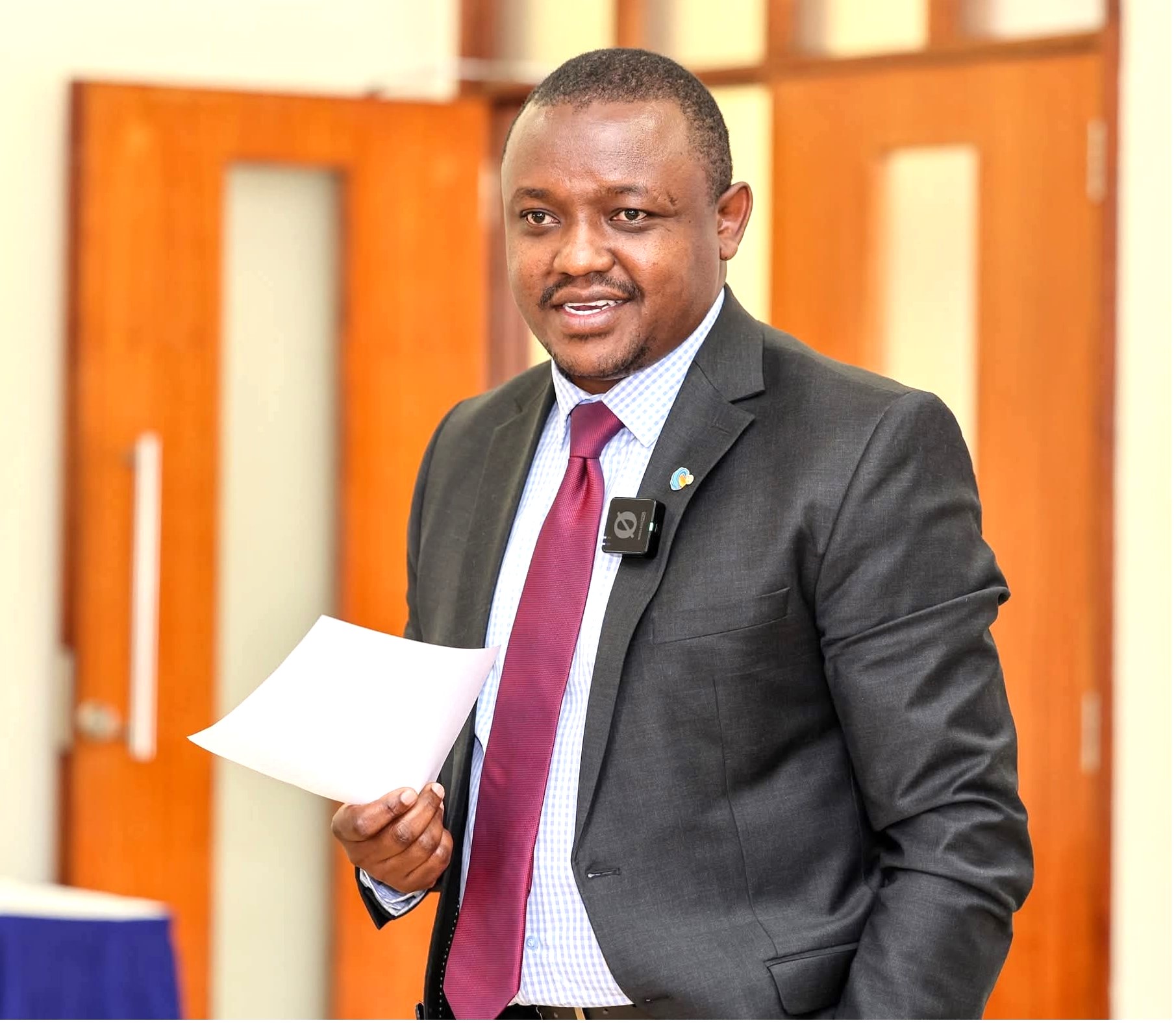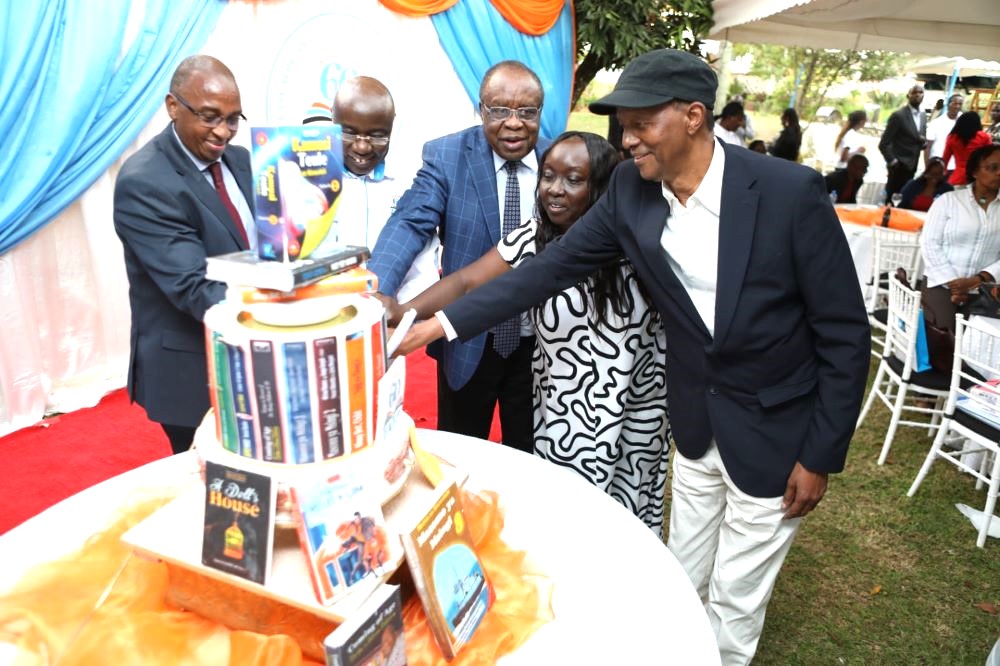Barely two years since the rollout of the Competency-Based Curriculum (CBC) at the Junior Secondary level, discontent is simmering across the country. Junior School teachers who handle Grades 7 to 9 are increasingly vocal about their desire for autonomy from their hosting primary schools. The conversation has reached fever pitch, with blame bouncing between primary head teachers, the Teachers Service Commission (TSC), and the rival teachers’ unions—KUPPET and KNUT. The question many are asking is simple: why are Junior School teachers seeking independence, and who is really to blame?
When the Ministry of Education implemented the CBC’s Junior Secondary phase in 2023, the Teachers Service Commission decided that Junior Secondary would be hosted within existing primary schools. The decision aimed to utilise existing infrastructure and ensure a seamless transition. Initially, this seemed practical, as the government was still constructing new classrooms and planning for future stand-alone institutions. However, what began as a temporary arrangement has produced unforeseen challenges. Junior School teachers—most of them degree holders trained for post-primary education—suddenly found themselves reporting to primary head teachers, many of whom are P1-trained and accustomed to managing early learning classes. It did not take long for friction to surface. Teachers began to question how they could teach advanced subjects, such as Chemistry, Physics, or Business Studies, under the supervision of someone trained to teach lower primary levels. They felt that this eroded their professional identity and blurred the lines of authority.
At the heart of their call for autonomy is a quest for professional respect and clarity of purpose. Junior School teachers argue that their training, qualifications, and the subjects they teach align with secondary education, not primary. They see themselves as part of the post-primary teaching cadre and believe they should operate under a secondary-style administration, with departments, timetables, and subject-based coordination. Being supervised by primary head teachers, they claim, forces them to operate in an environment that fails to recognise their true scope of work. The mismatch between their professional training and the administrative setup of primary schools has left many feeling demeaned.
The hybrid structure has also created administrative confusion. The Junior School is technically part of the primary school but operates differently in terms of curriculum, assessment, and workload. Disputes have arisen over classrooms, laboratories, and resource allocation. In many schools, head teachers have retained control of all resources, including those meant for Junior Secondary. Some teachers allege that funds allocated for Grades 7 to 9 have been diverted to support lower primary activities, leaving Junior School learners at a disadvantage. This has led to mistrust and tension between JSS teachers and the primary school leadership.
Another source of frustration is appraisal and accountability. According to TSC regulations, the head teacher is the reporting officer and appraiser for all teachers in the school, including those in Junior Secondary. However, many head teachers are unfamiliar with the subjects or expectations at the JSS level. Teachers argue that this compromises the fairness of evaluation in the Teacher Performance Appraisal and Development (TPAD) process. They believe that only someone trained at their level—perhaps a JSS head or deputy—can accurately evaluate them.
In many cases, the friction is less about power and more about respect and professionalism. Junior School teachers often point out that they are in higher job groups, such as C2 or C3, than the P1 head teachers managing them. Yet, because of TSC’s administrative hierarchy, they must still follow the instructions of those heads. Some head teachers have been accused of micromanaging or sidelining JSS teachers from key school decisions. In fairness, head teachers defend themselves by citing policy. They are the legally appointed accounting officers of the schools. Until TSC creates a clear administrative framework for JSS, they remain responsible for all staff, learners, and resources within their institutions. They argue that leadership is about accountability, not academic qualification.
READ ALSO:
Meru residents sensitised on NYOTA youth empowerment project as Govt reopens applications
While this tension plays out in schools, the unions have exacerbated the matter. The Kenya National Union of Teachers (KNUT), which represents primary teachers, insists that JSS teachers belong to it since they work in primary schools. KNUT argues that splitting schools now would disrupt operations. On the other hand, the Kenya Union of Post-Primary Education Teachers (KUPPET) claims that JSS teachers are secondary-trained professionals who should be under its representation. KUPPET believes JSS is the lower wing of post-primary education and should, therefore, be managed within the post-primary framework. The result has been a tug-of-war between the two unions, leaving many teachers confused about where they truly belong. Some have joined KUPPET to align with their qualifications, while others remain in KNUT under pressure from their head teachers.
The Teachers Service Commission has acknowledged the challenges but maintains that the current hosting arrangement is temporary. The Commission states that Junior Secondary will eventually become autonomous, with its own headship and management structure, once resources and infrastructure are in place. For now, head teachers remain in charge, assisted by a JSS lead teacher or coordinator. TSC’s position is pragmatic, but the lack of a clear timeline for transition has left many teachers disillusioned. They feel caught between two worlds—trained as post-primary educators yet treated as primary teachers.
At a deeper level, the push for autonomy reflects a struggle for professional identity in a changing education system. CBC has blurred the lines between primary and secondary education, but the supporting policies and structures have not kept pace. Teachers are operating within a framework that does not match their training or expectations. The conflict is not just about hierarchy; it’s about teachers wanting to perform effectively within a structure that acknowledges their professional reality.
The way forward requires bold action from both TSC and the Ministry of Education. They need to establish a clear policy defining Junior Secondary’s administrative structure, complete with its own leadership post and budgetary vote head. Union representation should also be clarified to avoid double membership and confusion. Resource allocation must be transparent, and capacity-building should be offered to both head teachers and JSS coordinators to promote collaboration rather than competition.
Ultimately, Junior School teachers’ demand for autonomy is not rebellion—it is a legitimate plea for recognition and structural clarity. The current confusion benefits no one, least of all the learners. Kenya’s education reforms can only succeed when teachers feel respected, supported, and have a clear understanding of their roles within the system. As the first cohort of Junior School learners prepares to enter Grade 9, the government must act decisively to establish this new educational level as its own distinct identity. Autonomy is not about division; it is about empowering teachers to serve learners effectively in a system that values their training, experience and professionalism.
By Ashford Kimani
Ashford is a teacher of English and Literature, as well as the Dean of Students in Gatundu North Sub-County.
You can also follow our social media pages on Twitter: Education News KE and Facebook: Education News Newspaper for timely updates.
>>> Click here to stay up-to-date with trending regional stories
>>> Click here to read more informed opinions on the country’s education landscape






